The Great London:
Palaeontology
Fossils: Mammal diversity exploded immediately after dinosaur extinction

Fossils: Oldest pine fossils reveal fiery past

Mexico: Asteroid impacts could create niches for early life, suggests Chicxulub crater study

Earth Science: New evidence found of land and ocean responses to climate change over last millennium

Palaeontology: Melting Scandinavian ice provides missing link in Europe's final Ice Age story

Palaeontology: Newly discovered pliosaur terrorised ancient Russian seas

Earth Science: Cosmic dust reveals Earth's ancient atmosphere

Fossils: Long-necked dino species discovered in Australia

Palaeontology: First extensive wildfires occurred significantly later than previously thought

Mauritius: Dodos might have been quite intelligent, new research finds
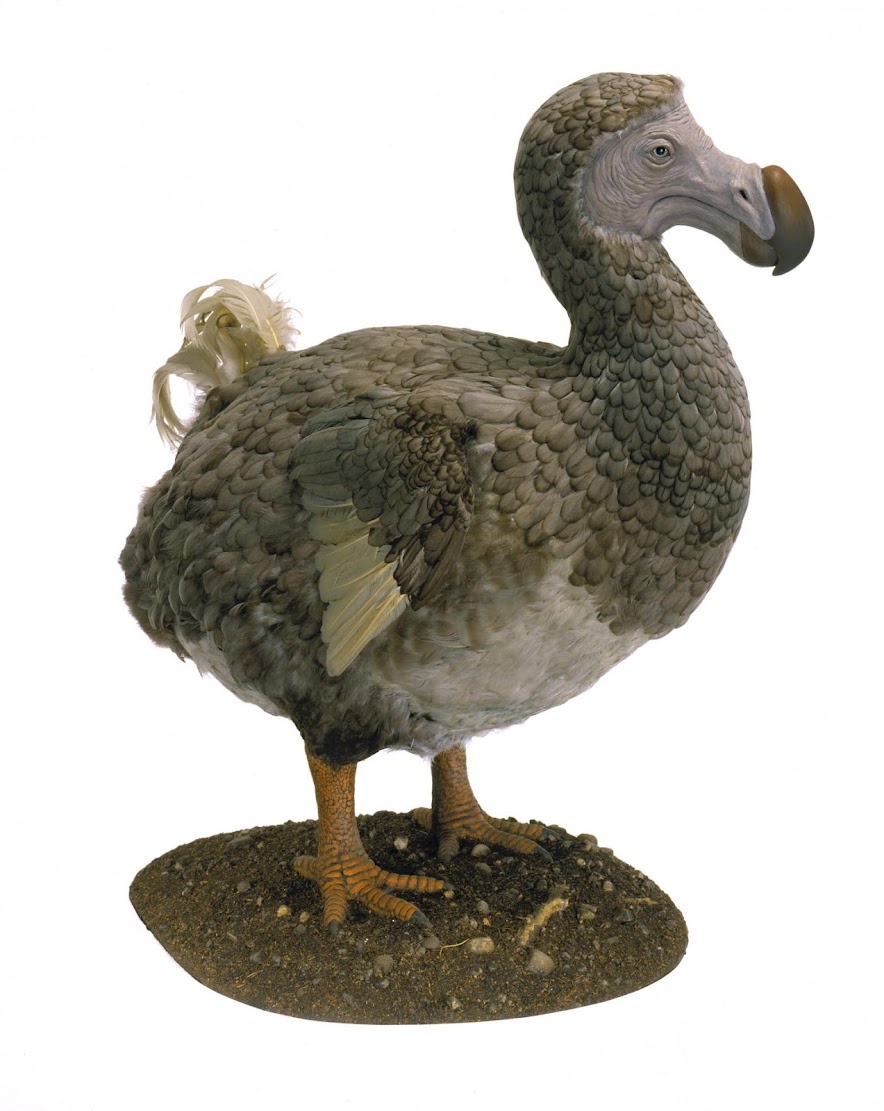
Indonesia: Biggest exposed fault on Earth discovered

Fossils: New evidence for combat and cannibalism in tyrannosaurs

New Zealand: Medical imaging helps define Moa diet
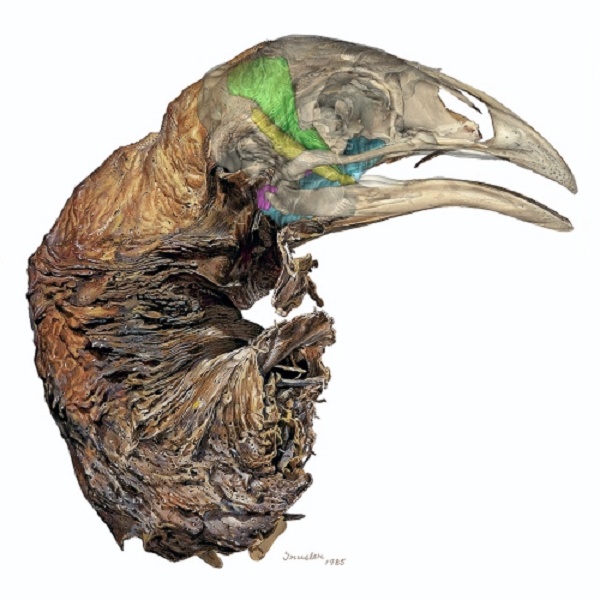
Palaeontology: Chasing after a prehistoric Kite Runner
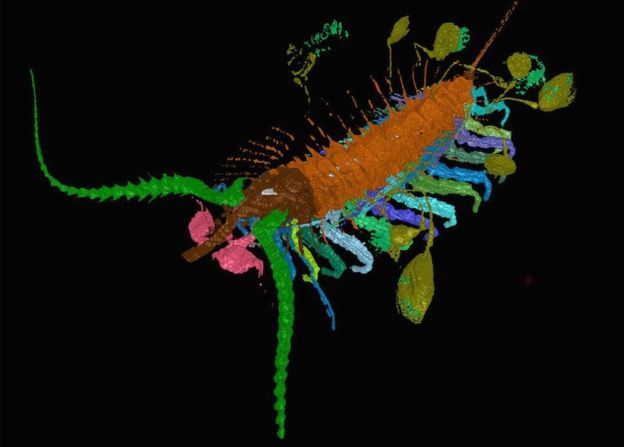
Mexico: Expedition will sample crater left by dinosaur-killing asteroid

Evolution: Life exploded on Earth after slow rise of oxygen
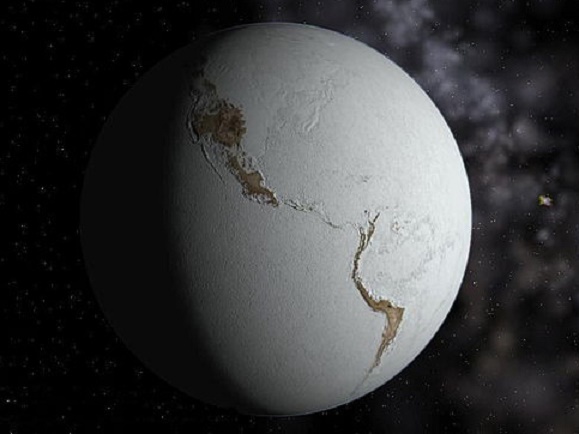
Fossils: Scientists weigh in on 'giraffe relative' fossil

Palaeontology: Isle of Skye fossil makes three species one

Mongolia: First demonstration of sexual selection in dinosaurs identified
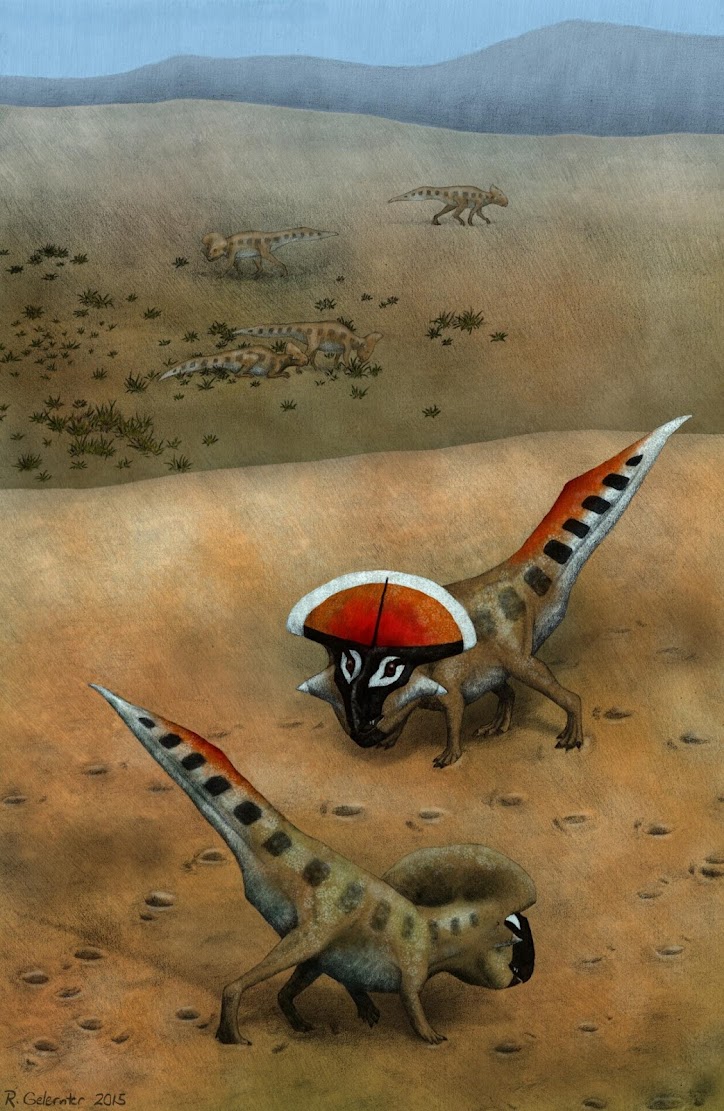
Palaeontology: Fossilized dinosaur brain tissue identified for the first time
